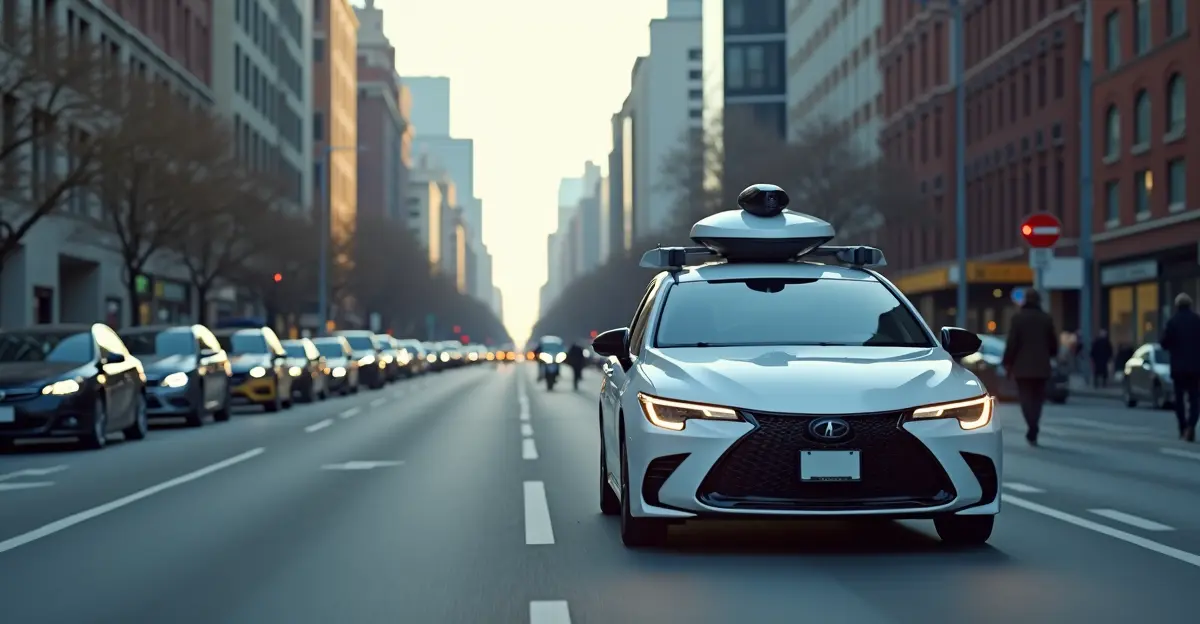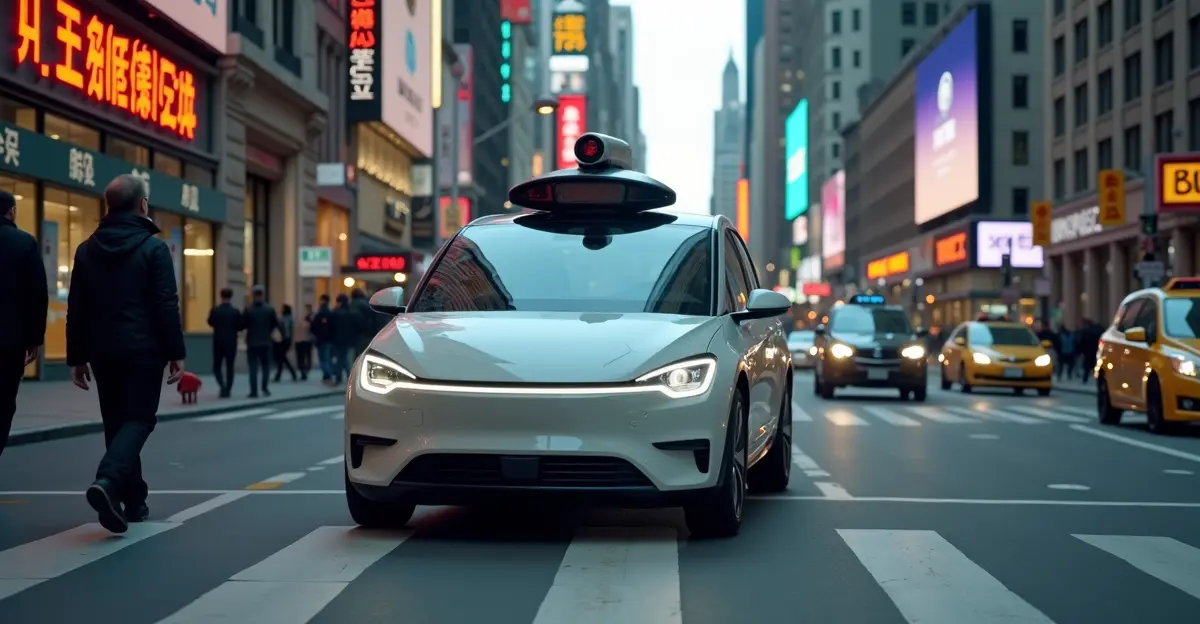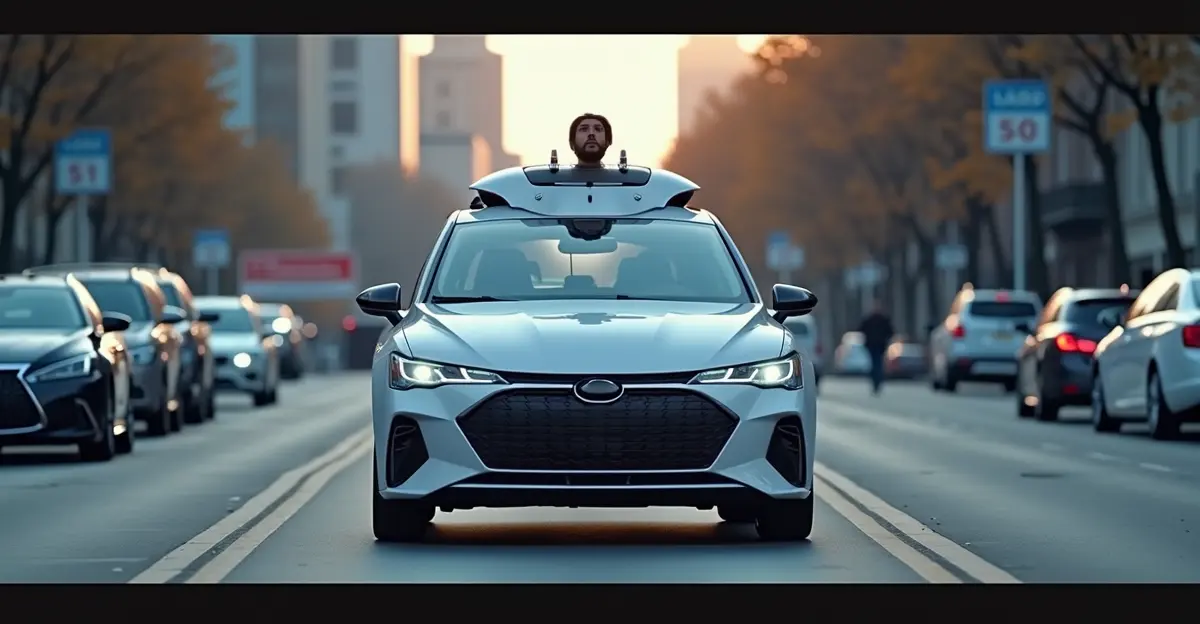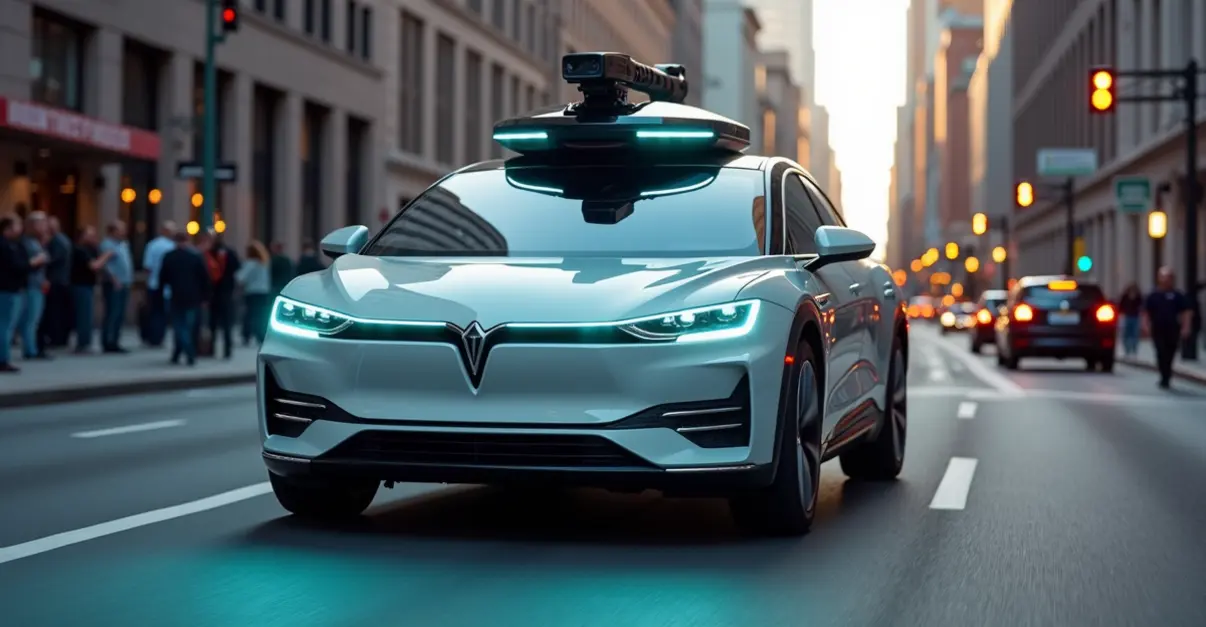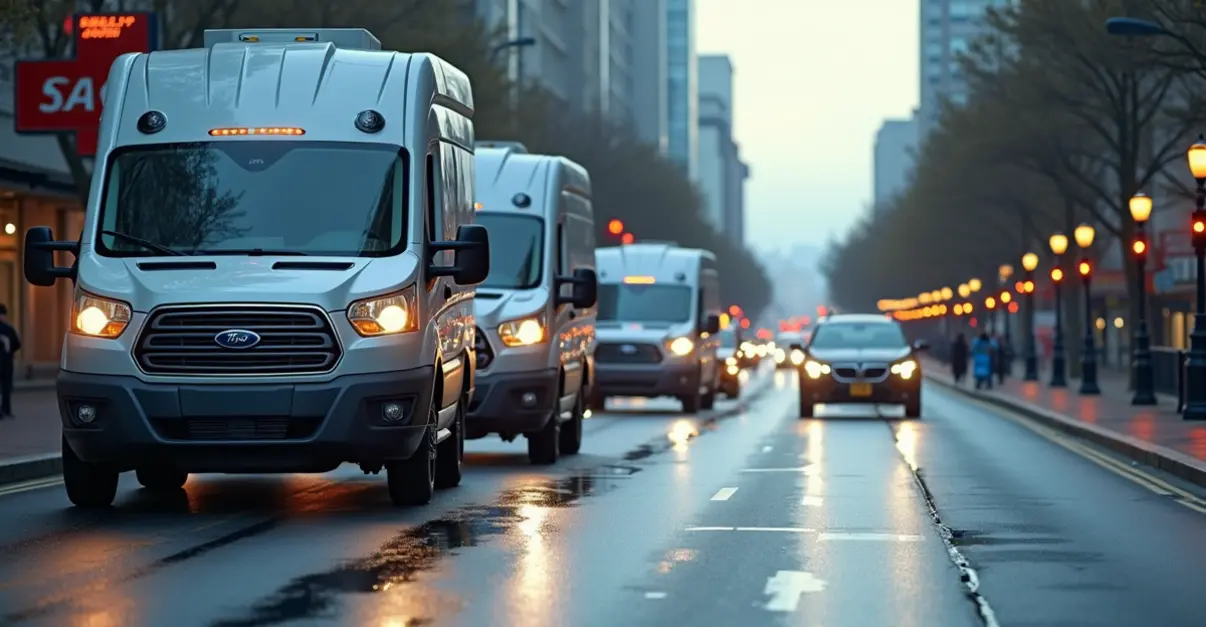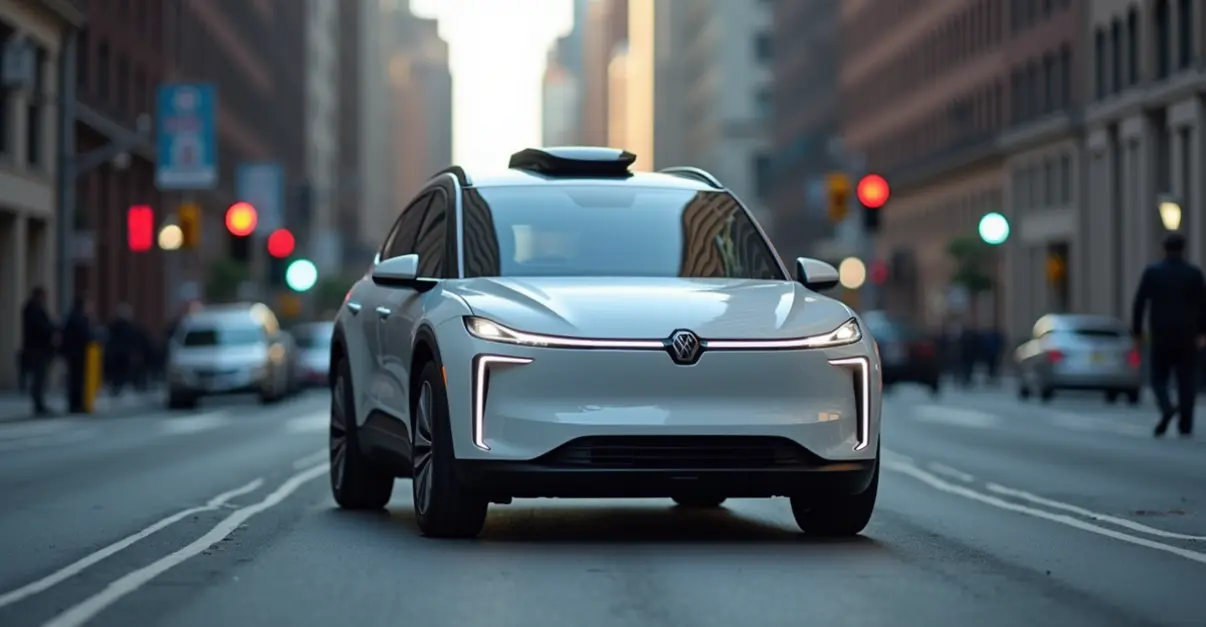Transport authorities release updated autonomous vehicle regulations focusing on safety, liability shifts, and streamlined reporting. New framework modernizes standards and addresses insurance implications while balancing innovation with public safety.
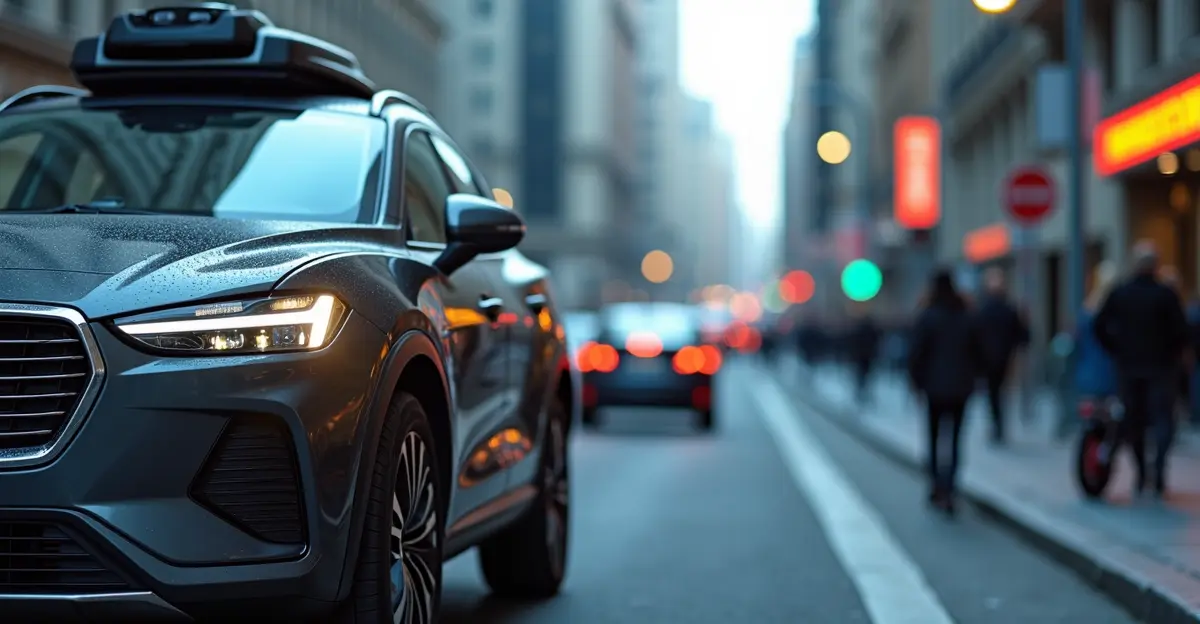
Transport Authorities Unveil Updated Regulatory Framework
Transportation authorities have released comprehensive new guidelines for autonomous vehicles, marking a significant shift in how safety and liability are addressed in the rapidly evolving self-driving car industry. The updated framework, announced in April 2025, represents the most substantial regulatory changes to date for automated driving systems.
Key Safety Principles and Reporting Changes
The new framework establishes three core principles: prioritizing safety of autonomous vehicle operations on public roads, unleashing innovation by removing regulatory barriers, and enabling commercial deployment to enhance safety and mobility. One of the most notable changes involves streamlined incident reporting requirements. 'We're eliminating the burden of reporting minor property damage incidents while maintaining robust oversight for serious safety events,' explained Transportation Secretary Sean P. Duffy in a recent press conference.
The Third Amended Standing General Order 2021-01 extends reporting deadlines and removes requirements for minor property damage reporting, allowing manufacturers to focus resources on more significant safety concerns. This change affects automation Levels 2-5, including systems like Tesla's Full Self-Driving and Ford's BlueCruise.
Liability Shifts and Insurance Implications
The updated guidelines address the complex issue of liability in autonomous vehicle accidents. As vehicles gain higher levels of autonomy, responsibility is shifting from human drivers to vehicle manufacturers and technology providers. 'The traditional insurance model based on human error is becoming obsolete,' noted insurance industry expert Maria Rodriguez. 'We're seeing the emergence of system-centric policies that treat vehicles as mobile software platforms.'
Current regulatory approaches vary by state, with California requiring $5 million insurance bonds for autonomous vehicle operators, while Florida mandates $1 million coverage for fully autonomous vehicles. The framework also allows manufacturers to shield certain crash data as confidential business information, a move that has drawn both support and criticism from safety advocates.
Modernizing Safety Standards
As part of the comprehensive update, the National Highway Traffic Safety Administration (NHTSA) is launching three rulemakings to modernize Federal Motor Vehicle Safety Standards (FMVSS). These changes target standards FMVSS No. 102 (transmission controls), No. 103/104 (windshield systems), and No. 108 (lighting equipment) to eliminate redundant requirements originally designed for human-driven vehicles.
'Updating these decades-old regulations is essential for America to maintain leadership in transportation innovation,' Secretary Duffy emphasized. The framework also expands the Automated Vehicle Exemption Program to include domestically produced vehicles for research and demonstration purposes, creating equal testing opportunities for American manufacturers.
Industry Response and Future Outlook
Automotive manufacturers have largely welcomed the regulatory updates. 'These changes strike the right balance between safety and innovation,' said John Chen, CEO of a leading autonomous vehicle technology company. 'By removing unnecessary barriers, we can accelerate the development of life-saving technologies while maintaining rigorous safety standards.'
However, some safety advocates express concerns about reduced transparency. 'Eliminating minor incident reporting removes valuable early warning systems,' cautioned safety researcher Dr. Emily Watson. 'We need to ensure that safety oversight keeps pace with technological advancement.'
The regulatory framework is expected to evolve further as autonomous vehicle technology matures, with future initiatives likely to include additional modifications to safety standards and continued refinement of liability assignment protocols. Industry analysts project that these changes will accelerate domestic autonomous vehicle development while maintaining critical safety protections for all road users.

 Nederlands
Nederlands
 English
English
 Deutsch
Deutsch
 Français
Français
 Español
Español
 Português
Português




